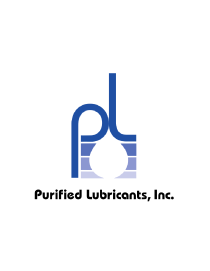Whether your site has an established, well-functioning lubrication program that has been in place for several years or you have just begun the journey of building your program, if long-term, recurrent success is the end goal, the challenge of developing and sustaining a reliability culture will need to be addressed.





